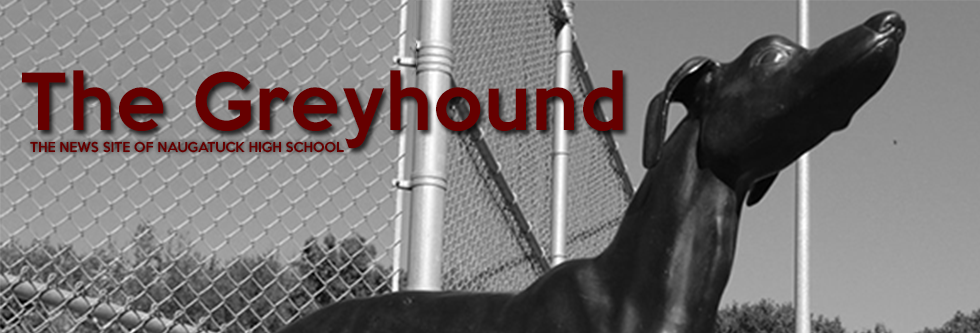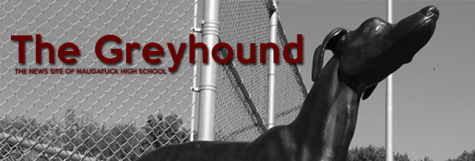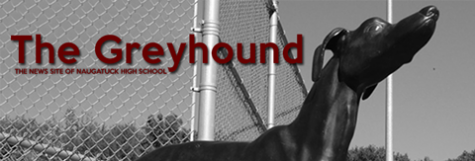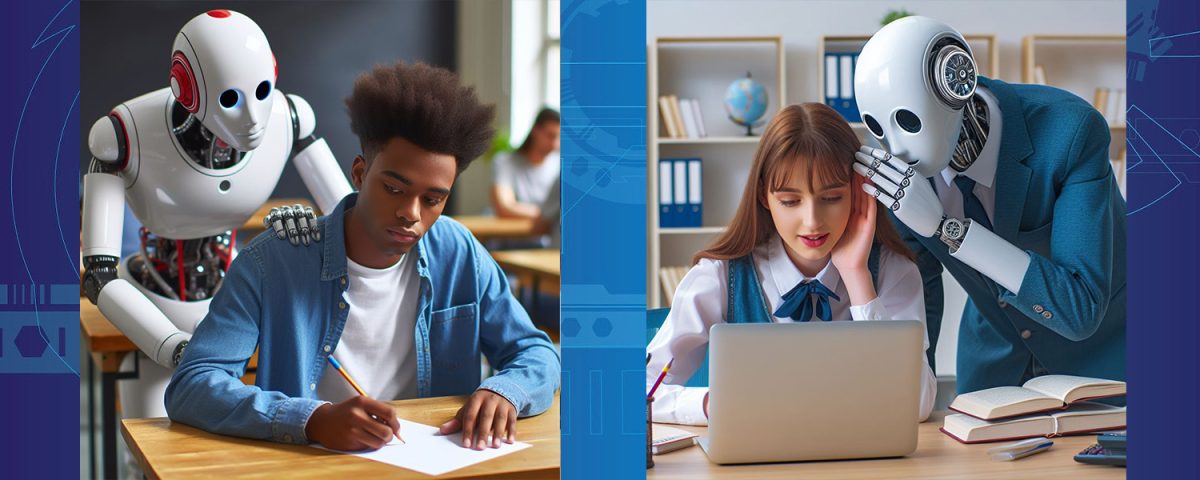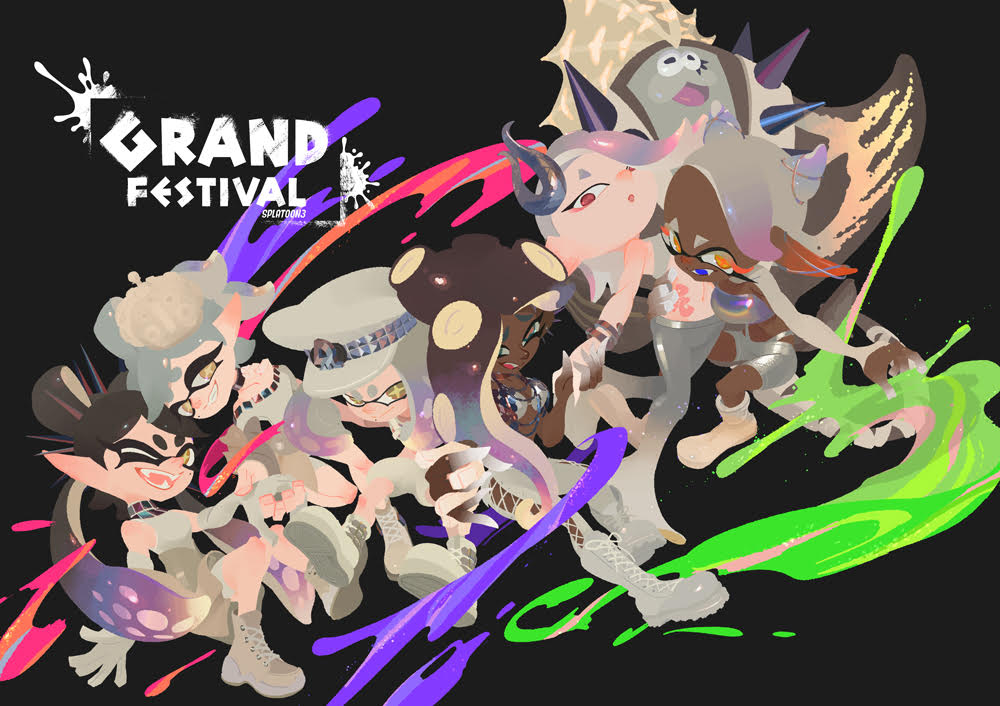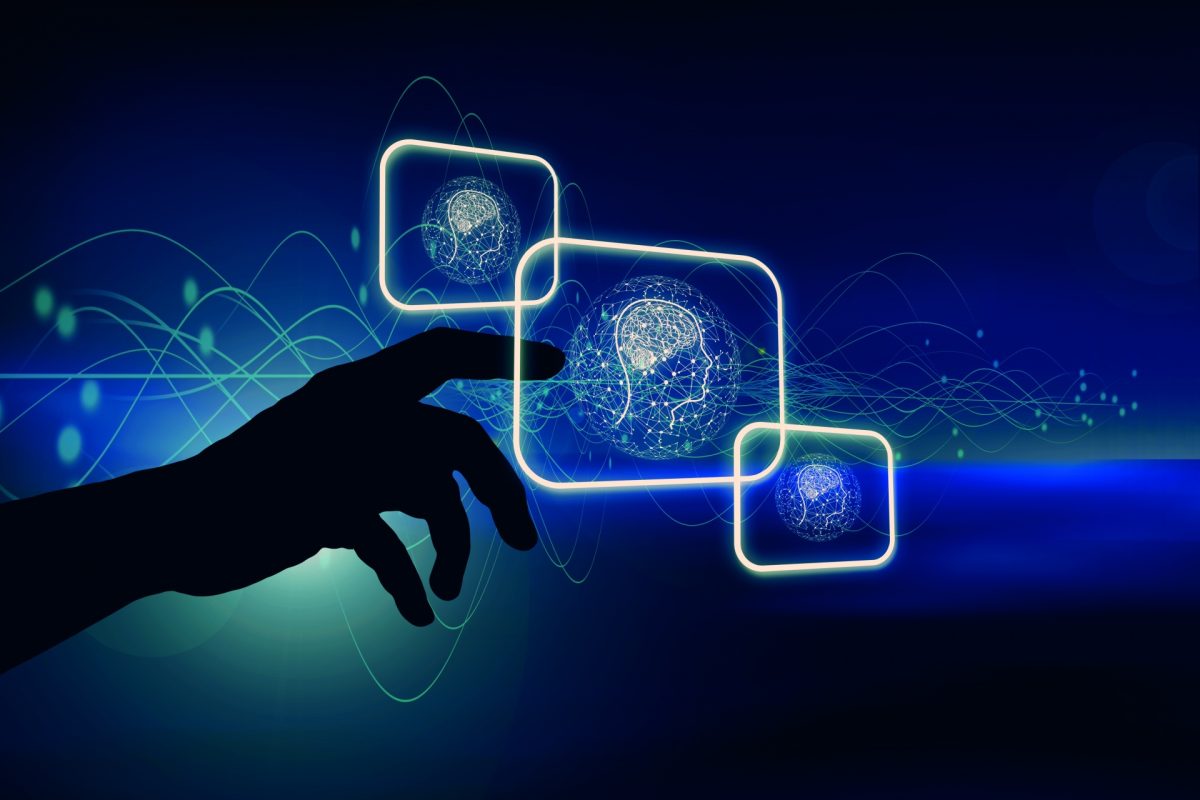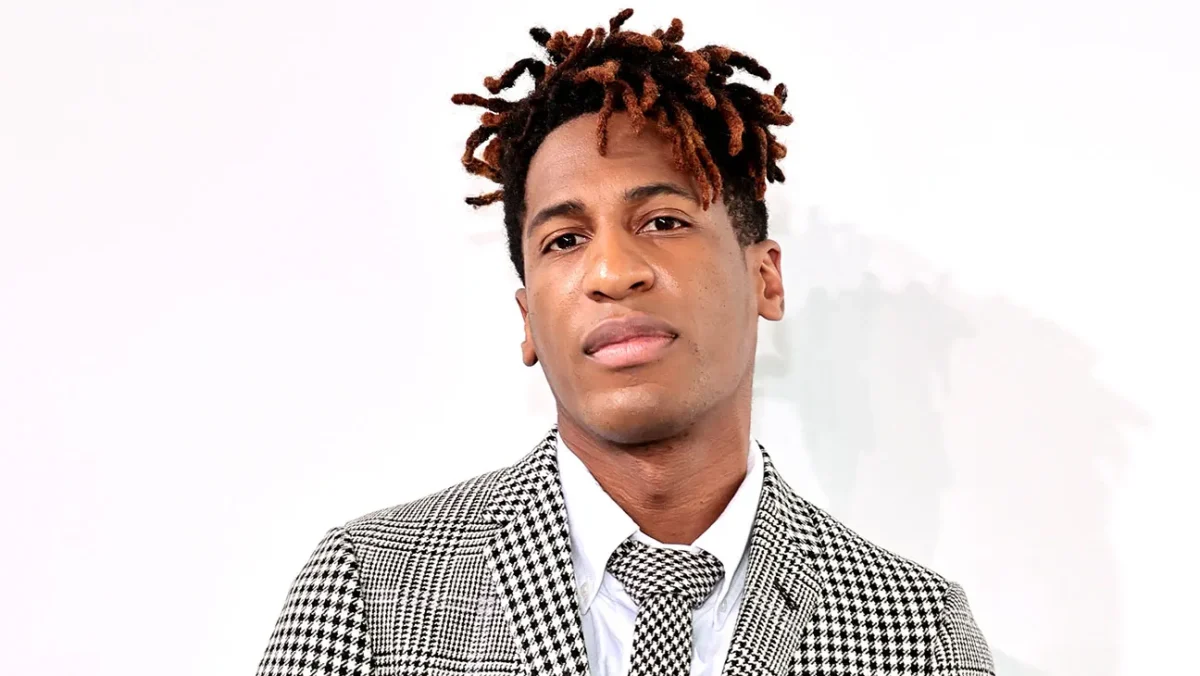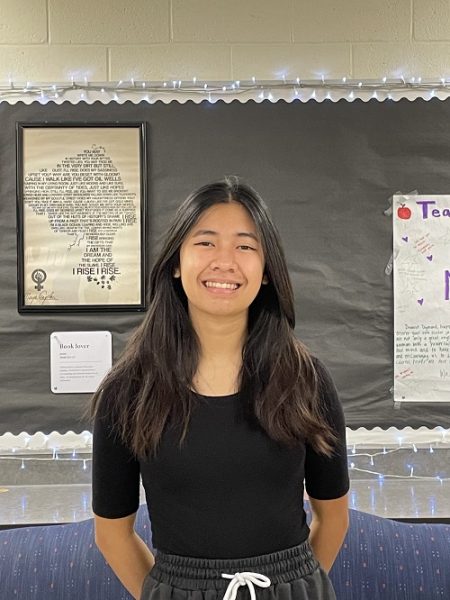Years ago, when technology was still not as advanced as it is today, whenever educators suspected plagiarism from students’ papers, they faced a problem with identifying which sources their students extracted their papers from. Professor Strange from years ago would have to search an entire library to search for this said paper while Professor Banner of today could easily access the internet and use tools that detect plagiarism within minutes. Unlike Professor Banner, Professor Strange would have to do extra steps in his job to check for plagiarism while the use of AI has made Professor Banner’s job easier than Professor Strange’s. Professor Banner not only uses AI for detecting plagiarism but also for other things such as helping him connect with his students who have some kind of barrier or restriction.
An article published in The Office of Educational Technology on AI in Education stated that educators are looking for an effective way to improve teaching and learning as they are seeking for a technology that is safe, effective, and scalable for them to use. It also mentions that educators are aware of the dangers that the use of AI can bring such as a risk for privacy and security, and exposure to inappropriate or inaccurate content; however, they also see the use of AI in a more positive and beneficial way as it allows them to interact better with students that they find challenging to communicate with due to language barriers, disabilities, and more. They also believe that it is not only beneficial for them but beneficial for the students as well.
Technology has been a part of this world for about two million years, and, since then, it has been constantly evolving to be the technology that we know today. Artificial intelligence, unanimously known as AI, was invented in the 1950s from Alan Turing’s paper “Computer Machinery and Intelligence.” The paper was about the study of a machine using the strategy of The Imitation Game or The Turing Test, the purpose of this test is to test if a machine can exhibit intelligence that is equivalent to or higher than that of humans. AI has also made it easier for some aspects of the education system like checking papers for Professor Banner.
As technology becomes more advanced and accessible to almost everyone, students would use AI programs, such as ChatGPT, to make school work easier for them. A simple input into the text box would make the AI generate a response that is quite accurate. However, their use of this tool caused them to run into some problems in school as its use is considered plagiarism or it may feed them inaccurate information.
For example, an AP United States History class in Naugatuck High School did an analysis of an AI response when it was asked: “Do you believe the 1920s was a time of great prosperity, great tension/ inequality, great creativity/ human achievement or changing social norms? Why?” and this was the response it gave:
The 1920s was a time of significant upheaval in social norms and values, particularly in Western societies. Several factors contributed to this shift:
- Women’s Rights: The 1920s saw the culmination of the women’s suffrage movement in many countries, most notably in the United States with the passage of the 19th Amendment. This enfranchisement of women marked a significant departure from traditional gender roles and paved the way for further advancements in women’s rights.
- Cultural Rebellion: The “Roaring Twenties” was characterized by a spirit of cultural rebellion, particularly among the younger generation. The proliferation of jazz music, the popularity of dance crazes like the Charleston, and the rise of flapper symbolized a rejection of Victorian-era propriety and an embrace of hedonism and freedom.
- Prohibition and Speakeasies: prohibition, enacted in the United States in 1920, attempted to enforce a moralistic stance on alcohol consumption. However, it ultimately led to widespread lawlessness as speakeasies flourished and organized crime boomed. This defiance of prohibition laws reflected a broader societal shift away from traditional norms of temperance and morality.
- Changing Fashion: The fashion of the 1920s underwent a radical transformation, particularly for women. The iconic flapper style, with its short skirts, bobbed haircuts, and bold makeup, challenged conventional standards of femininity and signaled a newfound sense of independence and liberation.
- Technological Advancements: Technological innovations such as the automobile and radio brought about significant changes in lifestyle and culture. The automobile enabled greater mobility and independence, particularly for women, while the radio facilitated the spread of new ideas and cultural trends, contributing to the homogenization of popular culture.
In summary, the 1920s stands out as a time of changing social norms due to the significant shifts in gender roles, cultural attitudes, and lifestyle choices. These changes laid the groundwork for the social transformations that would continue to unfold throughout the 20th century.
Although the response is accurate, the information it presented is not as strong as it failed to mention perspectives and impacts of African-Americans, working class, and immigrants. It also failed to present information about how the Harlem Renaissance impacted society in the 1920s. The response did mention jazz music, but it stated how it was enjoyed by people in general, not about its origins and how it became popular and became impactful to American culture in the 1920s.
The “…use of artificial intelligence in education has had major impact, including improved efficiency, global learning, customized/personalized learning, smarter content, and improved effectiveness and efficiency in education administration among others,” this idea was quoted from a study on AI in education by M. J. Timms that was mentioned in a review by Lijia Chen, Pingping Chen, and Zhijian Lin. Suggesting that the use of AI in education is a benefit more than a disadvantage. But when is it a disadvantage? And how do students get in trouble for using AI?
Universities in the United States such as Penn Foster University have policies stating that “Using artificial intelligence, such as ChatGPT, to write all or parts of any assignment is a form of academic dishonesty. Academic dishonesty is taken seriously at Penn Foster. If students are suspected of cheating, they are notified and must respond to the accusation in writing. Then, the Academic Review Board will make a decision that could include termination of the student’s enrollment.” To summarize the policy, if AI was used to complete assignments by feeding it test questions, copying content from another source, and used to skip the learning process then AI is considered misused. Teachers are more concerned with how much material students are learning than their completion of work. Some students are getting more comfortable with using AI that they become dependent on it in terms of research and understanding the material. However, if AI is used as a tool to help with research, writing aid, study buddy, creative inspiration, and to learn a new skill, then it is used effectively as the student does not copy anything or plagiarize from the program.
“I think we’re crazy to not admit that the future is moving in that general direction of AI is gonna be in our life… I think that we need to learn how to use it correctly and for the right things… kids today kinda use it to just plagiarize which is not what it should be used for. I think we need to learn how to use it effectively. I think it’s a great tool, I think it’s a great resource, I do not think it is the answer…” said Mrs. Courtney Bergenty, an English teacher at NHS, in an interview with The Greyhound.
A study conducted by Stanford shows statistics from Fall of 2023 where 12-28% of the high school students in the East Coast and the West Coast of the United States said that they used an AI device like ChatGPT as an unauthorized aid for tests, assignments, and homework during school. This shows that AI has become a part of education and is being used both ineffectively and effectively. 55-77% of the students among the 12-28% who said that they used AI as an aid said that they used the technology to help them generate an idea for an assigned school work which is a way of how to use AI effectively and is not considered as cheating as it does not replace the student’s work and is only used to generate ideas that help the students get creative according to Penn Foster. 19-49% of the students who said they used AI said that they used it as a proofreading tool and the other 9-16% said that they used it to write an entirety of a paper or other school materials.
Statistics show that students are more likely to use AI programs such as ChatGPT to help them generate ideas for their school tasks and proofread their work, although generally there is nothing wrong with that as it is a good tool to help get the brain working and make certain tasks easier, according to Western Government University, “Minimizing human error is another essential benefit of AI… [and] [t]hrough using AI as a tool to help minimize human error, every industry increases its potential for success.” However, a new question arises: “How does AI affect a person’s creativity and their ability to learn?”
“I think AI is okay to use when someone is not being tested on their skill or knowledge. If they are being tested or evaluated then AI is cheating. I also think if you are giving a speech or writing a book, you should use your own talents and skills, though I think it is okay to use AI for rewording and editing,” Mrs. Carolyne Dymond, an English and Journalism teacher in Naugatuck High School, said in an interview with The Greyhound.
“I think that [students] use AI because they are too lazy to actually do their work. There is a difference between being burnt out and not having the motivation to do work, and being too lazy to do the work even though you can,” said Krysta Chesterson, a student from Naugatuck High School, in an interview with The Greyhound when she was asked “Why do you think your peers use AI?”
Is AI cheating? In summary, AI is a tool that students and teachers can use to help them with understanding their homework and aid them with grammar and proofreading. While it is helpful, using AI can have consequences such as plagiarism or the use of it will not help a student understand the material.
